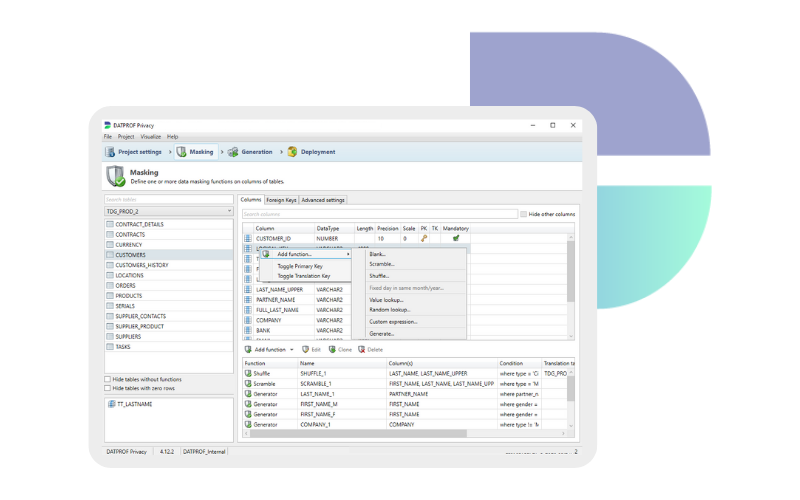Software testing methods and their test data requirements
Part of the software development process is testing software; quality assurance. Effective software testing is essential to ensure that the software meets the required quality standards and functions as intended. Test data is a critical aspect of software testing that can greatly impact the effectiveness and efficiency of the testing process. Different software testing methods have their own specific requirements for test data, and it is essential to understand these requirements to achieve optimal testing results.
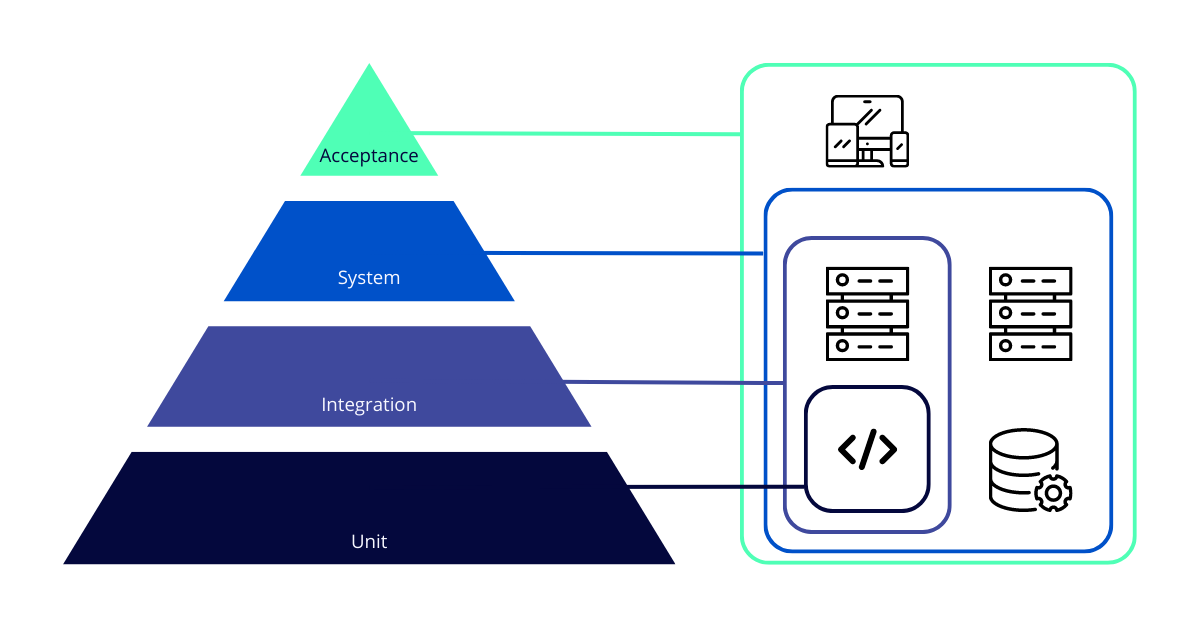
In this article, we will explore the data requirements for specific software testing methods. By understanding these requirements, software developers and testers can select the right data for their testing needs and achieve successful software testing outcomes.
Click on one of the types of software testing to jump directly to that section.
Next to the so called ‘Testing Pyramid’ methods, there are some other, more specialized, types of testing.
The reason why we didn’t include performance testing and security testing in the testing types pyramid, is because it is not focused on testing individual units, components, or small sections of the system. Instead, it focuses on respectively the system’s ability to perform under specific load or stress conditions, and the system’s security posture.
Regression testing can be performed at all levels of the testing pyramid, depending on the scope of the changes made to the system.
Unit Testing
What is unit testing?
Unit testing is a software testing method where individual components of software are tested in isolation to verify that each unit functions as intended. It is typically performed by developers using specialized frameworks to catch defects early in the development process.

Test data in unit testing
The most important data requirement is comprehensiveness. This is because the purpose is to ensure that individual code modules or units are functioning correctly and meeting the necessary requirements. To achieve this, the data used for unit testing must be designed to cover a wide range of scenarios and use cases, including both valid and invalid inputs.
Compared to other testing methods, such as integration testing or system testing, the focus of unit testing is on individual units of code rather than the system as a whole. As a result, the data must be small and focused on the specific code module or unit being tested. However, this does not mean that the data can be simplistic or incomplete. To be effective, the data used for unit testing must be designed to thoroughly exercise the code module or unit being tested and must be comprehensive in its coverage of possible inputs and scenarios.
Test data requirements for unit testing
Size
The data should be small and focused on the specific code module or unit being tested.
Comprehensiveness
The data must be designed to cover a wide range of scenarios and use cases, including both valid and invalid inputs.
Security
Depending on the nature of the software being developed, the test data used for unit testing may need to include security-related scenarios and inputs to ensure that the code module or unit is secure and can withstand potential threats.
Ease of use
The data should be easy to manage and maintain, with clear documentation and instructions for use.
Integration Testing
What is integration testing?
Integration testing is a software testing method where individual software modules are tested together to verify their interactions and integration as a system. It is typically performed after unit testing and before system testing to catch integration issues and improve software quality.
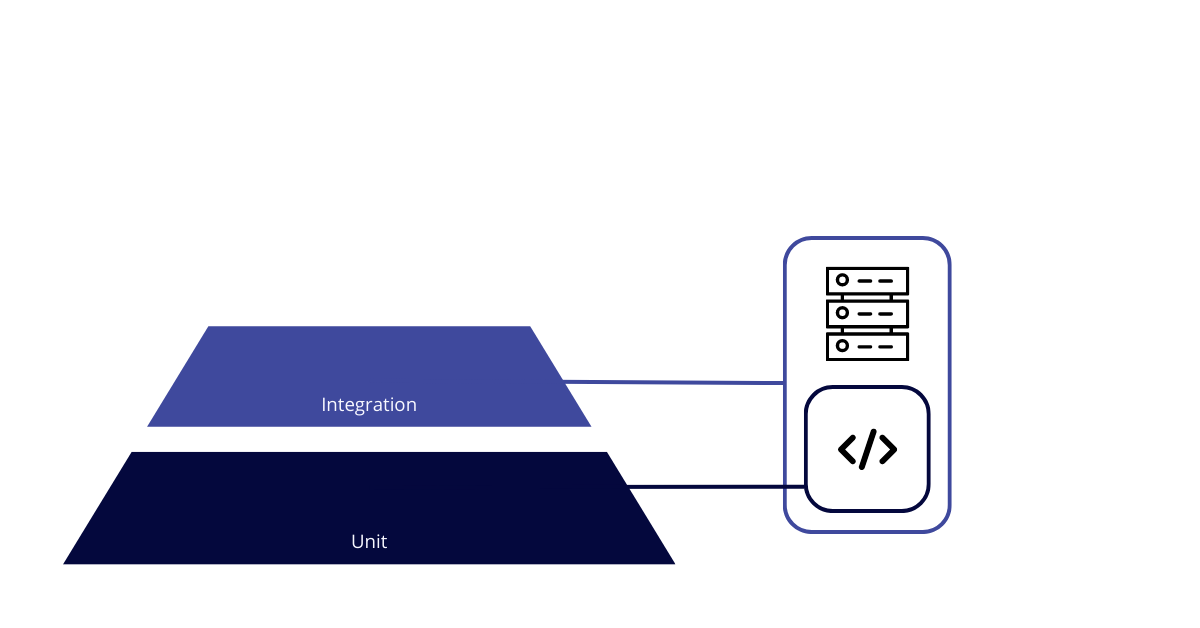
Test data in integration testing
The most important test data requirement is accuracy. This is because integration testing involves testing the interactions between different modules or components of the software system, and ensuring that they are working together correctly. To achieve this, the data must be designed to accurately reflect the real-world data that the system will process and manipulate.
Compared to unit testing, the focus of integration testing is on the interaction between different modules or components of the software system. As a result, the data used for integration testing must be larger in scope and more complex, incorporating a wide range of data inputs and scenarios.
Test data requirements for integration testing
Accuracy
The data must accurately reflect the real-world data that the system will process and manipulate.
Complexity
The data must be larger in scope and more complex, incorporating a wide range of data inputs and scenarios.
Interoperability
The data must be designed to test the interoperability of different modules or components of the software system.
Versioning
The data may need to incorporate multiple versions of the software system to ensure that it works with different versions of the same or other systems.
Overall, the most important requirement for integration testing is accuracy, as this ensures that the interactions between different modules or components of the software system are working correctly. However, to be effective, the data used for integration testing must also be complex, interoperable, and able to handle multiple versions of the software system.
System Testing
What is system testing?
System testing is a software testing method in which the entire software system is tested as a whole to verify that it meets the specified requirements and functions as intended. It is performed after integration testing and before acceptance testing to evaluate the system’s compliance with non-functional requirements such as performance, security, and usability.
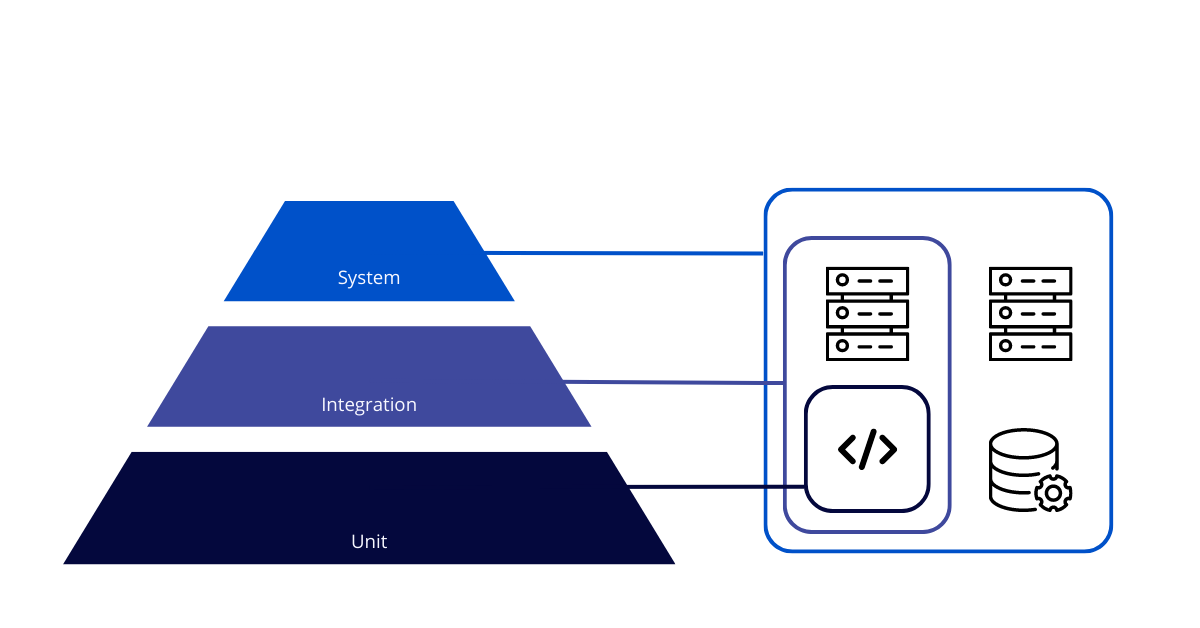
Test data in system testing
The most important test data requirement is representativeness. This is because it involves testing the software system as a whole, to ensure that it meets the necessary requirements and can function in the real-world environment it was designed for. To achieve this, the data used for system testing must be designed to accurately represent the real-world data and scenarios that the software system will encounter.
Compared to unit testing and integration testing, the focus of system testing is on the system as a whole rather than individual code modules or components. As a result, the data must be large in scope and incorporate a wide range of data inputs and scenarios.
Test data requirements for system testing
Representativeness
The data must accurately represent the real-world data and scenarios that the software system will encounter.
Scope
The data must be large in scope, incorporating a wide range of data inputs and scenarios.
Environment
The data must be designed to test the software system in the environment it was designed for, including the hardware, network, and other systems it will interact with.
Performance
The data may need to incorporate stress testing scenarios to test the performance of the software system under heavy loads.
Overall, the most important test data requirement for system testing is representativeness, as this ensures that the software system is tested in a real-world context and can meet the necessary requirements. However, to be effective, the data must also be large in scope, test the system in its intended environment, and incorporate stress testing scenarios to ensure that the system can perform under heavy loads.
Acceptance Testing
What is acceptance testing?
Acceptance testing is a software testing method in which the software system is tested against the customer’s requirements to verify its readiness for delivery. The purpose of is to ensure that the software meets the customer’s expectations and is ready for production use. Typically, acceptance testing is performed by the customer or end-users in a real-world environment. It is the final step in the software testing process before the software is released.

Test data in acceptance testing
The most important test data requirement is alignment with the customer’s needs and expectations. This is because this testing method is the final stage of testing before the software system is delivered to the customer, and it is crucial to ensure that the system meets their requirements and expectations. To achieve this, the test data that is used, must be designed to test the system with data and scenarios that are relevant to the customer’s needs and use cases.
Compared to unit testing, integration testing, and system testing, the focus of acceptance testing is on ensuring that the software system meets the customer’s needs and expectations. As a result, the test data must be relevant to the customer’s use cases and must incorporate a range of scenarios that test the system in realistic usage scenarios.
Test data requirements for acceptance testing
Customer alignment
The data must be designed to test the system with data and scenarios that are relevant to the customer’s needs and use cases.
Realistic scenarios
The data must incorporate a range of scenarios that test the system in realistic usage scenarios.
Business logic
The data must test the system’s business logic, ensuring that it is meeting the customer’s requirements.
User interface
The data must test the user interface of the system, ensuring that it is user-friendly and meets the customer’s expectations.
Overall, the most important test data requirement for acceptance testing is alignment with the customer’s needs and expectations, as this ensures that the system meets the customer’s requirements and is ready for delivery. However, to be effective, the test data used for acceptance testing must also incorporate realistic usage scenarios, test the system’s business logic and user interface, and ensure that it meets the customer’s needs in a real-world context.
Performance Testing
What is performance testing?
A method in which the software system is tested to evaluate its responsiveness, stability, scalability, and other performance characteristics under various load conditions. The purpose of performance testing is to identify and resolve performance bottlenecks before the software is released to the production environment. It typically involves simulating different levels of load to determine the system’s capacity and to ensure that it can handle the expected user traffic.

Test data in performance testing
In performance testing, the most important test data requirement is representative data that simulates real-world usage scenarios, including the volume and variety of data used by the system under test. Performance testing is used to evaluate how the system behaves under different loads and stress, and it is essential to use data that reflects the expected workload and usage patterns.
Compared to other testing methods, the focus of performance testing is on measuring the system’s performance under different loads and stress, and the data must reflect this objective.
Test data requirements for performance testing
Realistic volume and variety of data
The data used for performance testing must include a realistic volume and variety of data, reflecting the actual usage patterns of the system.
Load variation
The data should include scenarios that simulate different usage loads to test the system’s performance under different workloads.
Stress testing
The data should include scenarios that simulate stress on the system to evaluate how the system handles unexpected or extreme usage patterns.
Data diversity
The data should include data that reflects the different types of data that the system may encounter in real-world usage scenarios.
Overall, the most important test data requirement for performance testing is to use representative data that simulates real-world usage scenarios, including the volume and variety of data used by the system under test. Additionally, the data should incorporate different usage loads and stress scenarios and data diversity to evaluate the system’s performance under different usage patterns.
Security Testing
What is security testing?
Security testing is a software testing method in which the software system is tested to identify and mitigate potential vulnerabilities and risks. The purpose is to ensure that the software system can withstand attacks and unauthorized access, and to protect the confidentiality, integrity, and availability of the data. It typically involves testing the software for common security flaws such as SQL injection, cross-site scripting, and buffer overflow. Security testing is critical to the development of secure software and to the protection of sensitive information.
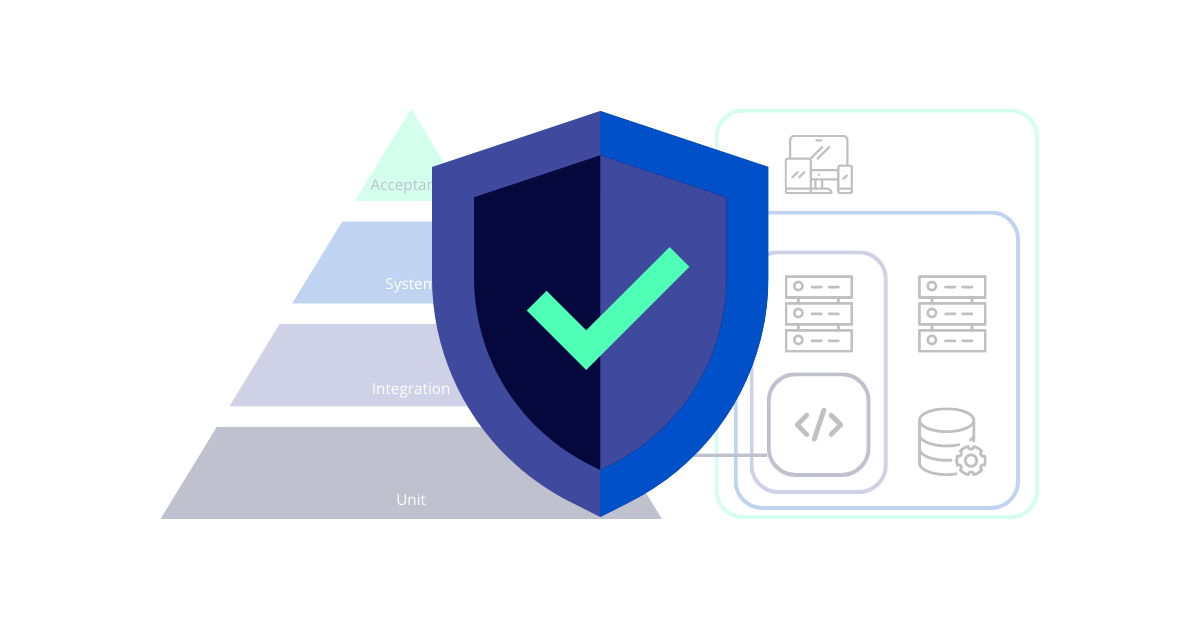
Test data in security testing
The most important test data requirement is to use realistic and representative data that reflects the types of data that the system is expected to handle and protect. Security testing aims to evaluate the system’s ability to protect data and prevent unauthorized access, so it’s crucial to use data that reflects the actual usage patterns of the system and the types of data that it is expected to handle.
Compared to other testing methods, the focus is on evaluating the system’s ability to protect data and prevent unauthorized access, so the data must reflect this objective.
Test data requirements for security testing
Realistic data
The data used for security testing must include realistic data that reflects the types of data that the system is expected to handle and protect.
Sensitive data
The data should include scenarios that simulate the handling of sensitive data, including personally identifiable information (PII), financial data, and other confidential information.
Malicious data
The data should include data that simulates malicious attacks, including data that is intentionally corrupted or modified to test the system’s ability to detect and prevent such attacks.
Data diversity
The data should include data that reflects the different types of data that the system may encounter in real-world usage scenarios, including data from different sources and formats.
Overall, the most important test data requirement is to use realistic and representative data that reflects the types of data that the system is expected to handle and protect. Additionally, the data should include sensitive data, malicious data, and data diversity to evaluate the system’s ability to protect data and prevent unauthorized access.
Regression Testing
What is regression testing?
Regression testing is a software testing method in which the software system is tested to ensure that recent changes or modifications have not caused any unintended side effects or defects in the existing functionality. The purpose of regression testing is to verify that the software continues to function correctly after changes are made to the code or configuration. It typically involves re-executing a subset of the test cases that cover the affected areas of the software. Regression testing is important to maintain the quality and stability of the software over time.
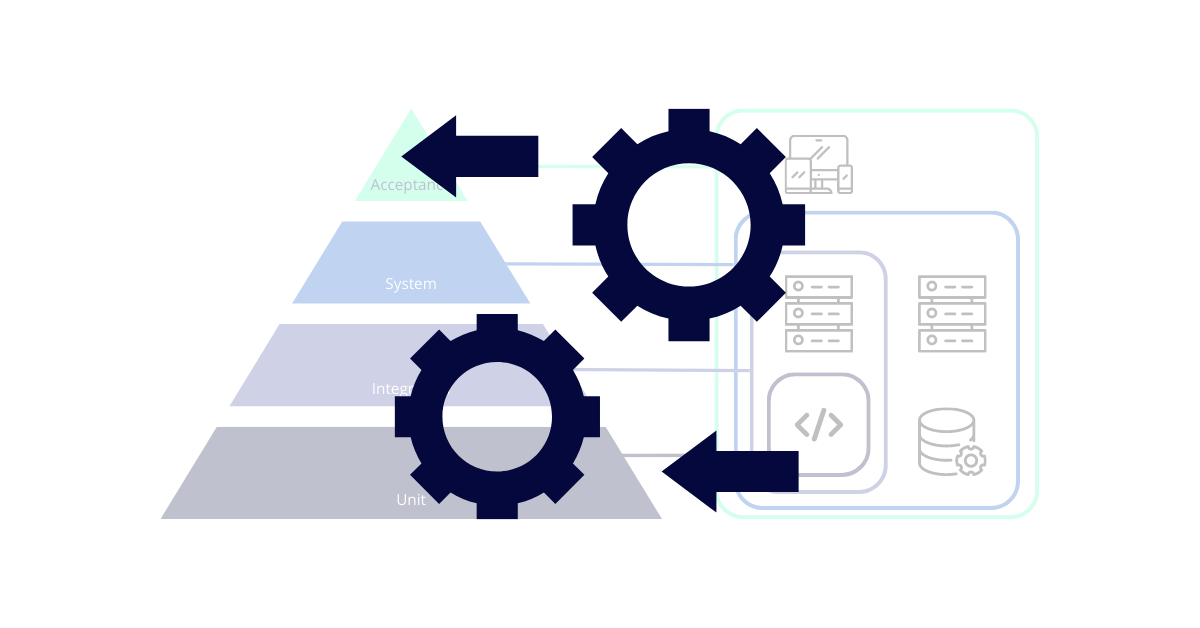
Test data in regression testing
The most important requirement is to use test data that covers all the scenarios and functionalities that have been previously tested and may have been impacted by the changes made in the system. Regression testing is performed to ensure that the changes made in the system do not have any adverse effects on the existing functionalities, so it’s crucial to use data that covers all the previously tested scenarios and functionalities.
Compared to other testing methods, the focus of regression testing is on ensuring that the changes made in the system do not have any adverse effects on the existing functionalities, so the data must reflect this objective.
Test data requirements for regression testing
Previously tested scenarios
The data must cover all the scenarios that have been previously tested and may have been impacted by the changes made in the system.
Comprehensive coverage
The data should cover all the functionalities and features of the system that have been previously tested and may have been impacted by the changes made.
Repeatable and consistent data
The data should be repeatable and consistent to ensure that the test results are consistent and reliable.
Data diversity
The data should include data that reflects the different types of data that the system may encounter in real-world usage scenarios, including data from different sources and formats.
Overall, the most important requirement for regression testing is to use test data that covers all the scenarios and functionalities that have been previously tested and may have been impacted by the changes made in the system. Additionally, the data should provide comprehensive coverage, be repeatable and consistent, and include data diversity to ensure that the test results are consistent and reliable.
Conclusion
Test data is a crucial aspect of software testing, and it plays a vital role in ensuring that software is tested effectively and efficiently. The requirements for data vary depending on the testing method being used, and it is essential to understand the distinctive characteristics of data in each method to achieve optimal testing results.
Book a meeting
Schedule a product demonstration with one of our TDM experts
